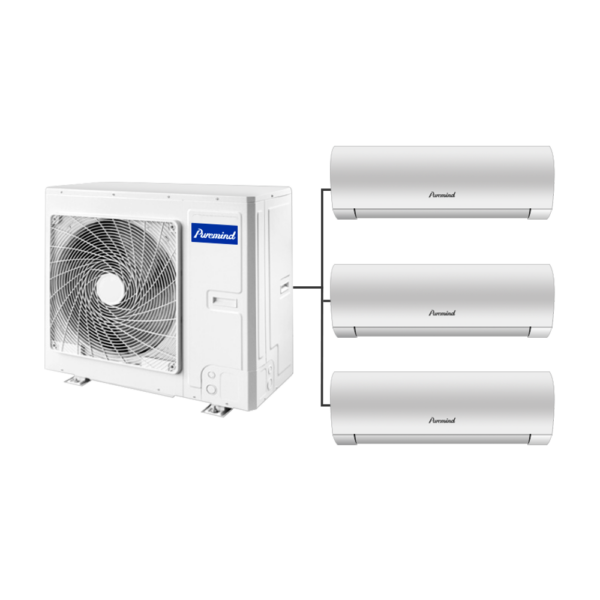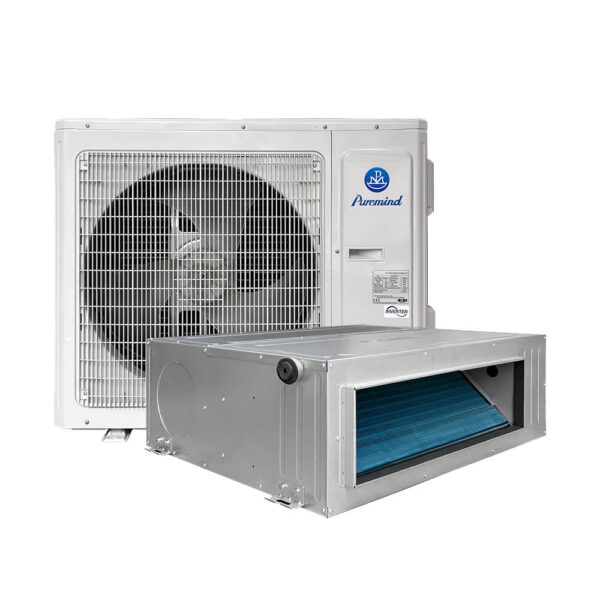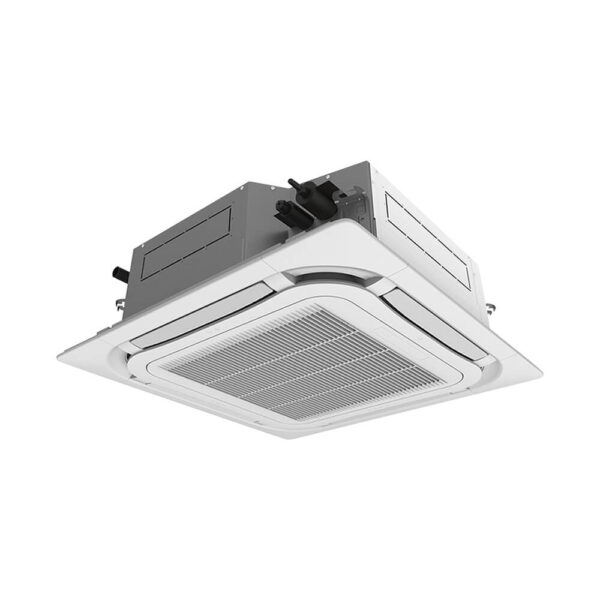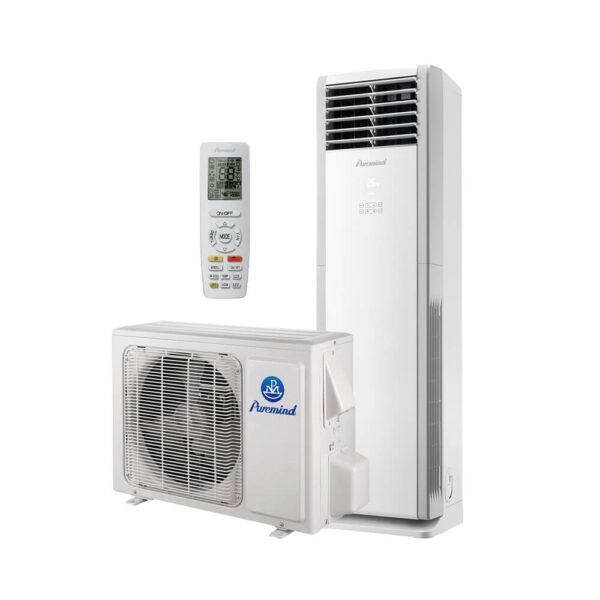Largest Commercial HVAC Companies: 2025 Global Industry Guide
The largest commercial HVAC companies play a critical role in keeping large buildings, factories, and public infrastructure comfortable and energy-efficient. In 2025, these companies are not only delivering cutting-edge technology but are also driving the transition toward more sustainable, environmentally friendly heating and cooling solutions. This guide takes a deep dive into the top players in the global commercial HVAC market, their technological innovations, and the industry trends that are shaping the future.
What Makes a Leading Commercial HVAC Company?
A company earns a position among the largest commercial HVAC companies by excelling in several areas:
- Global market presence: Operations in multiple countries with a wide distributor network.
- Innovative product portfolio: Ranging from VRF systems to large-scale chillers and rooftop units.
- Strong R&D investment: Continuous innovation in efficiency, smart controls, and eco-friendly refrigerants.
- Sustainability leadership: Meeting or exceeding international energy efficiency standards.
- Comprehensive after-sales service: Robust maintenance and technical support worldwide.
Top 10 Largest Commercial HVAC Companies in 2025
1. Carrier Global Corporation
Carrier remains one of the most recognized names in the HVAC industry. With over a century of experience, Carrier serves commercial projects from airports and hospitals to data centers and office towers. The company emphasizes sustainability, having pledged significant reductions in carbon emissions across its operations. Carrier’s product line includes air-cooled chillers, water-cooled chillers, rooftop units, and advanced building management systems.
2. Daikin Industries, Ltd.
Headquartered in Japan, Daikin is renowned for pioneering VRV/VRF technology. The company continues to dominate both residential and commercial markets, thanks to a strategy of global acquisitions and investments in R&D. Daikin’s focus on eco-friendly refrigerants, such as R-32, demonstrates its commitment to environmental responsibility.
3. Trane Technologies
Trane is a leader in large-scale HVAC solutions, offering innovative technologies for climate control and energy efficiency. Their commercial systems are designed for durability, intelligent control, and minimal environmental impact. Trane also invests heavily in decarbonization programs and net-zero building solutions, making them a top choice for sustainable projects.
4. Johnson Controls International
Johnson Controls integrates HVAC with building automation, enabling clients to achieve optimal energy management. Through its York brand, the company supplies high-capacity chillers, air handling units, and control systems. Its expertise in combining mechanical systems with IoT-based building intelligence sets it apart.
5. Lennox International Inc.
Lennox provides advanced commercial HVAC systems, including rooftop units, split systems, and packaged solutions. The company’s products are designed with high SEER ratings, low environmental impact, and superior durability. Lennox’s commitment to North American manufacturing also ensures consistent quality and supply chain reliability.
6. Mitsubishi Electric Corporation
Mitsubishi Electric is known for its high-performance VRF systems, which are widely used in hotels, shopping malls, and large office complexes. The company’s systems are compact, energy-efficient, and adaptable to complex building layouts. Its global footprint continues to expand, especially in the Middle East and Asia-Pacific markets.
7. Rheem Manufacturing Company
Rheem offers a wide range of HVAC solutions, from air handlers to commercial packaged units. The company invests heavily in technology aimed at reducing operating costs for building owners. Rheem’s strong dealer network ensures quick installation and reliable maintenance services across its markets.
8. Gree Electric Appliances
Gree, based in China, is one of the world’s largest manufacturers of air conditioning units. The company has expanded its commercial product range to include chillers, VRF systems, and air-cooled units. Gree’s competitive pricing and rapid manufacturing capabilities have made it a strong player in emerging markets.
9. Midea Group
Midea has quickly become a global competitor in the commercial HVAC segment. Its advanced manufacturing facilities produce everything from ducted systems to industrial chillers. Midea’s innovation includes AI-driven smart HVAC controls, offering enhanced energy savings and predictive maintenance.
10. LG Electronics
LG’s commercial HVAC products focus on high-efficiency VRF systems, smart control integration, and low operational costs. Its Multi V series is especially popular in multi-story commercial buildings, offering zoned temperature control and energy savings through variable refrigerant flow technology.
Key Industry Trends in 2025
- IoT and AI integration: Smart thermostats, predictive maintenance, and energy optimization are becoming industry norms.
- Green refrigerants: Rapid shift toward low-GWP (Global Warming Potential) refrigerants.
- Net-zero goals: Manufacturers are designing products to meet stricter carbon reduction targets.
- Decentralized manufacturing: Shortening supply chains to reduce costs and delivery times.
How to Choose the Right Commercial HVAC System
When selecting a commercial HVAC system, factors to consider include capacity, efficiency ratings, installation requirements, and after-sales support. Businesses looking for reliable and efficient split systems can explore our range of split air conditioners designed for diverse commercial applications.
Expert Resources
For more technical standards and guidelines, visit the ASHRAE website, a global authority on HVAC engineering and sustainability practices.
Conclusion
The largest commercial HVAC companies are setting the pace for technological innovation and sustainability in the global market. By understanding their strengths, product lines, and strategies, wholesalers, suppliers, and distributors can make informed decisions and maintain a competitive edge in the evolving HVAC landscape.







